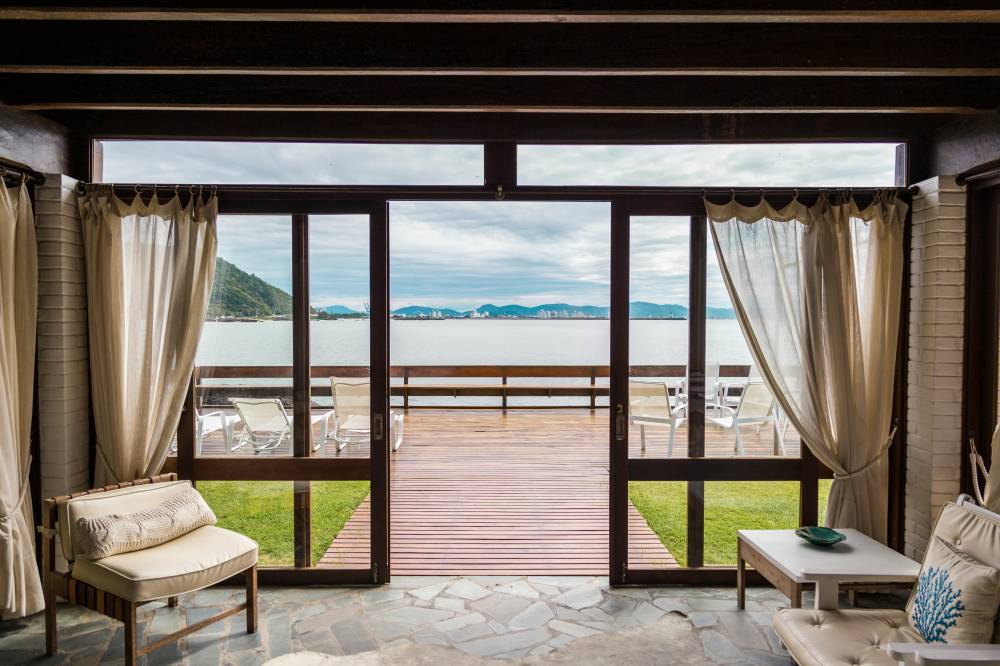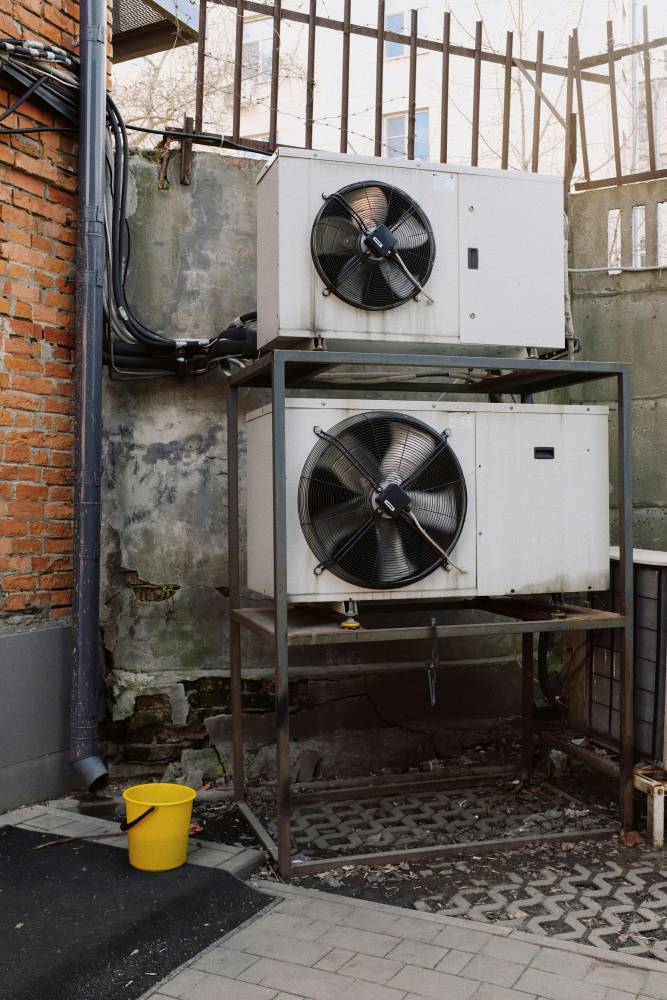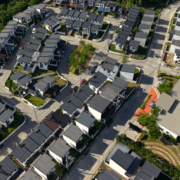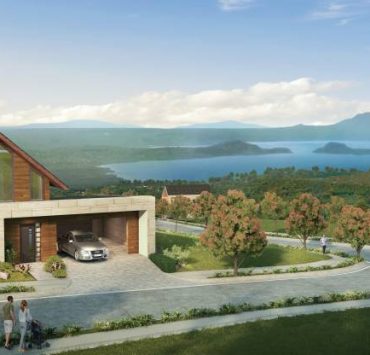How to handle the heat

These days, the heat is so extreme in the Philippines that it has become dangerous.As of April 22, the Department of Health has a record of 34 heat-related illnesses due to the extremely hot weather. It’s always a risk to venture outside, and the indoors appear to be a safe haven from the hot glare of the sun.
Or is it? Despite the shade offered by shelter, some of us may still find ourselves uncomfortably warm inside our homes. Whether it’s due to lack of wind, intense sunshine or fixed windows, some homes may still feel like a sauna, even at nighttime.
Thankfully, there are ways you can fix your indoor environment to make it more comfortable today. Whether you live in a condominium or a single-detached home, here are some ways you can mitigate the heat with architecture.

For house owners
Plan your windows. If you’re in the design stage of building a home, you’re in the best position to ensure its comfort. In terms of ventilation, it’s best to orient your windows to face the direction of prevailing winds.
In the Philippines, there are two types of monsoons to consider. The Amihan or Northeast Monsoon brings in cold winds over the Eastern portion of the country from October to March, while the Habagat or Southwest Monsoon brings in warm moist winds from May to September to the West.
Besides these monsoons, it will also help to design your windows on opposite ends of the room, to facilitate cross-ventilation and wind direction inside your home.

Consider built-in shades. It’s awesome if you find yourself owning a home facing the East or North, as these directions do not receive the hot glare of the sun during the afternoon.
If you happen to have a South or West-facing facade, however, don’t fret just yet. Install sun-shading devices to minimize the sunlight entering your home. From simple awnings to decorative brise-soleil, there are various ways you can stop your home from receiving the worst of the heat.
Release hot air. It’s a fact of science: Cold air sinks, warm air rises. With this idea in mind, your home may be uncomfortably warm because hot air has nowhere to go.
Consider installing high clerestory windows or ceiling vents to encourage hot air to leave the room. If the environment is really hot, you can even ask your architect to design a wind catcher element that will naturally cool your home.
Naturally cooling your home will not only make things more comfortable for you, it will also lessen your electricity bills in the long run.
Consider new building materials. It also pays to do your research and explore new building materials that can help mitigate heat.
Alternative materials such as EPS (Expanded Polystyrene Styrofoam) wall panels and rammed earth provide cooler interiors as they have remarkable insulation properties. Solar panels, meanwhile, may not be new but they make the most of the heat by transforming it into usable electricity for your home. You can use solar energy to power up your electric fans and even airconditioners, literally using the hot sun to create chiller temperatures.

For condominium dwellers
Ventilate. Even if you live in a high-rise home, it’s better to have access to natural winds rather than use the airconditioner all-day long. If able, open your windows and balcony doors to encourage the wind to enter your home and passively cool it down. You can also encourage cross-ventilation by opening opposite windows.
Strategize airconditioner use. Sometimes, you can’t avoid using the airconditioner on really hot days. To maximize its efficiency, open the louvers and direct them toward the center of the room.
If you have window-type or split-type airconditioners, make sure both the indoor and outdoor units are clean of debris and clear of obstruction. For those who live in buildings with centralized airconditioners, adjust the louvers to open toward the room and not toward walls or corners. Avoid closing vents in any room to ensure continuous air circulation.
Close off sun traps. Sometimes, you may notice that some rooms in your condominium unit seem hotter than others. Whether they receive maximum sunlight glare or have few windows for ventilation, these rooms are dubbed as “sun traps” as they can actually affect the temperature of the rest of the house.
It’s best to close the doors of these rooms when not in use to keep the rest of the home cool. In addition, it would help lower temperatures by minimizing the use of the oven, hair blower, and other heat-generating devices. And turn off appliances when not in use to lower electricity bills and energy consumption.
Get a dehumidifier. Sometimes, moisture in the air may make you feel all sweaty and irritated, even inside your home. Consider getting a dehumidifier and setting it up in the middle of a room with all windows and doors closed. The machine not only makes your immediate environment more comfortable, but it can also prevent the growth of molds and fight against respiratory problems and allergies.
Overall, you do not have to suffer the heat in silence. There are ways to naturally cool down your home for the long run. Not only will you be more comfortable during this summer, but you’ll also benefit through lower electricity bills and fewer allergies. Be proactive and start combating the heat today.
A Filipino architect who has a Master's Degree in Interior Design of Commercial Spaces from IED Barcelona, Spain and with twelve years' worth of experience under the tutelage of Filipino architectural firms.

















